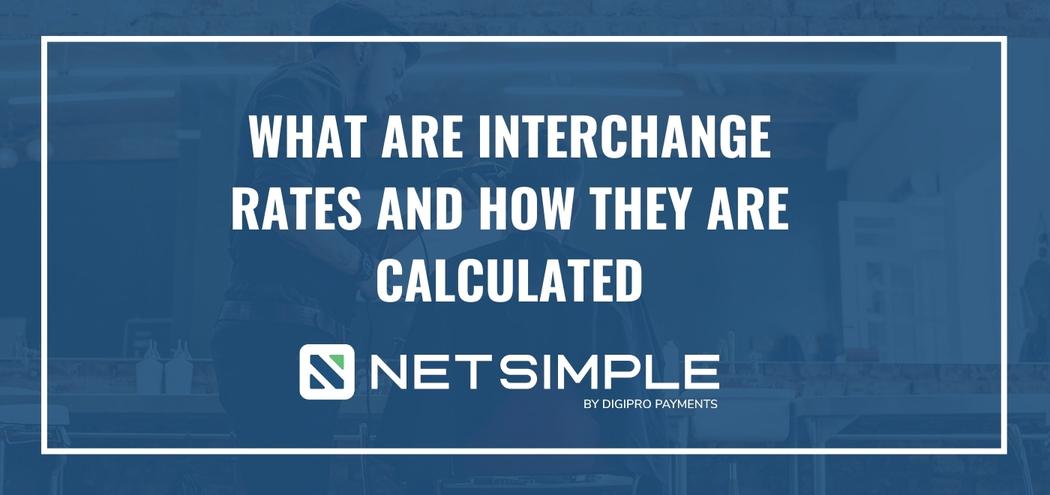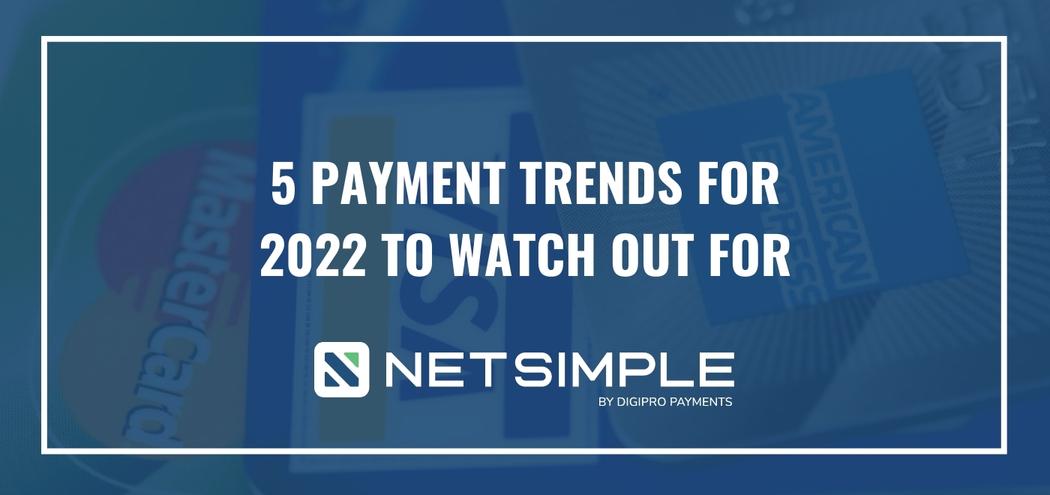What Are Interchange Rates & How Are They Calculated
- June 16, 2021
- / Jamie Walker
- / MERCHANT SERVICES

Credit card processing can be confusing, and most people never fully grasp the cost structure behind processing a credit card transaction. To understand how credit card processing works, the first thing that you have to understand is that the payment networks or card associations like Visa and MasterCard set the base rates called Interchange.
Ultimately, a business owner is not able to negotiate for lower interchange rates from the issuing bank or the card associations. Where a business or merchant can save money is making sure that their rates are not overly high from the acquiring bank.
Here is how Visa describes Interchange, "Visa uses interchange reimbursement fees as transfer fees between acquiring banks and issuing banks for each Visa card transaction. Visa uses these fees to balance and grow the payment system for the benefit of all participants." Source: Visa Rates
To put it simply, a bank or credit union issues one of their customers a Visa debit or credit card. Visa has a set fee for the card that was issued called a network fee. The network fee is not considered part of interchange and is usually on average around 0.05%.
When someone uses their Visa to make a purchase, Visa pays the card-issuing bank a small fee called Interchange. This fee is typically a percentage of the purchase amount. For example, an interchange fee of 0.9% on a $10 purchase is $0.90. The merchant or business received $9.10 for the purchase, and the bank that issued the card gets $0.90.
Visa's statement also talks about the merchant discount fee. The merchant fee is paid to the acquiring bank / merchant processor. The merchant discount fee is a percentage that the acquirer adds to each transaction to cover their variable costs to process a credit card transaction. The merchant discount fee is added on top of the Interchange Rate and is represented as a percentage plus a small flat fee.
Example Credit Card Purchase
To put it simply, a bank or credit union issues one of their customers a Visa debit or credit card. Visa has a set fee for the card that was issued called a network fee. The network fee is not considered part of interchange and is usually on average around 0.05%.
When someone uses their Visa to make a purchase, Visa pays the card-issuing bank a small fee called Interchange. This fee is typically a percentage of the purchase amount. For example, an interchange fee of 0.9% on a $10 purchase is $0.90. The merchant or business received $9.10 for the purchase, and the bank that issued the card gets $0.90.
Visa's statement also talks about the merchant discount fee. The merchant fee is paid to the acquiring bank / merchant processor. The merchant discount fee is a percentage that the acquirer adds to each transaction to cover their variable costs to process a credit card transaction. The merchant discount fee is added on top of the Interchange Rate and is represented as a percentage plus a small flat fee.
Example Credit Card Purchase
| Visa Retail Debit (Keyed) | 1.65% | $0.15 |
| Merchant Processor Cost (Acquirer) | 0.20% | $0.10 |
| Total Processing Cost (Visa CNP + Acquirer) | 1.85% | $0.25 |
In the US, the average interchange rate for a credit card payment is around 1.81%, while the typical interchange for debit cards is 0.3% Interchange costs also depend on the type of card used and how the purchase is made. Debit cards have the lowest interchange rates while reward cards that provide card holders with benefits typically have higher interchange costs. Purchases made online or keyed in are considered card not present transactions and have a higher interchange cost because they are considered riskier transaction types. Interchange is lower and consider less risky when a purchase is made by swiping a credit card or dipping it into an EMV card reader. This type of payment is called a card present transaction.
Ultimately, a business owner is not able to negotiate for lower interchange rates from the issuing bank or the card associations. Where a business or merchant can save money is making sure that their rates are not overly high from the acquiring bank.
Some Quick Facts About Interchange Rates:
- Interchange is set by the payment networks and their fees are published:
VISA Interchange
MasterCard Interchange - Interchange Cost is the same for all processors. A small regional bank pays the same interchange costs as a large nationwide bank.
- Interchange the single biggest expense on a merchants total processing costs
- Interchange compensates issuing banks for the interest free loans that they provide to merchants
 What You Should Know About PCI Compliance
What You Should Know About PCI Compliance
 5 Ways Mobile Payments Help Small Businesses
5 Ways Mobile Payments Help Small Businesses
 What You Need To Know About Cyber Threats
What You Need To Know About Cyber Threats
 Clover Online Ordering For Restaurants
Clover Online Ordering For Restaurants
 Clover Essentials Is Built For Small Business Success
Clover Essentials Is Built For Small Business Success
 Google Business Profile: What is it and how does it help your business?
Google Business Profile: What is it and how does it help your business?
 Five Website Design Trends For 2022
Five Website Design Trends For 2022
 Five Payment Trends For 2022
Five Payment Trends For 2022
 Why Your Restaurant Should Try Clover Online Ordering With Delivery
Why Your Restaurant Should Try Clover Online Ordering With Delivery
 DigiPro Payments is now NETSIMPLE
DigiPro Payments is now NETSIMPLE